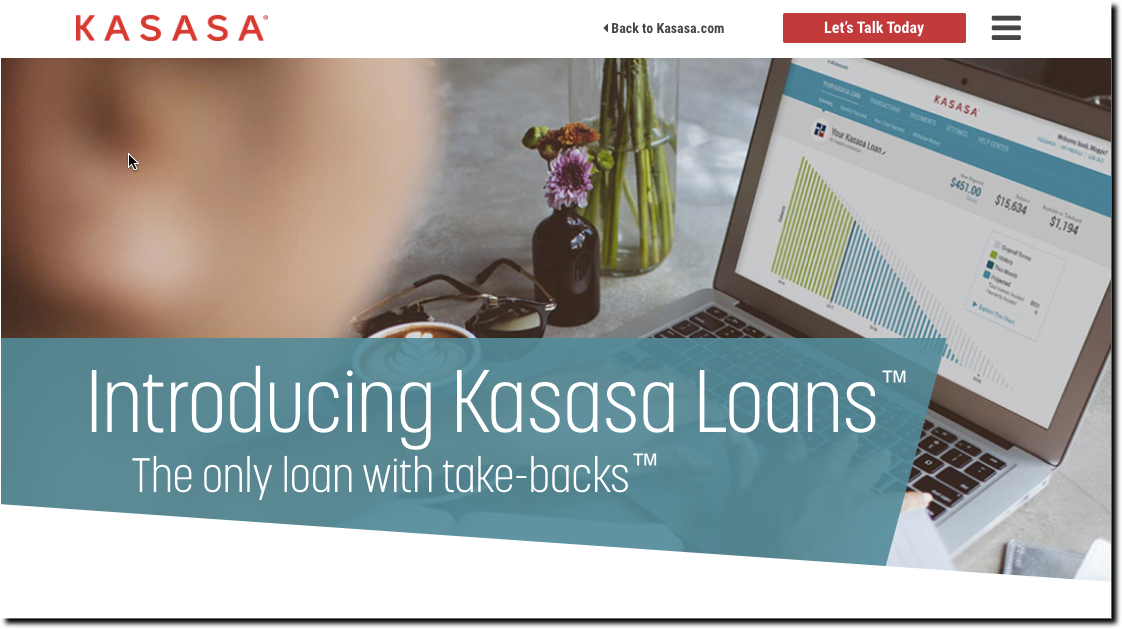Does anyone remember when sweep accounts were all the rage? They were disruptive technology in the 1980s. The idea was to automatically sweep idle cash from non-interest bearing accounts to savings or investment accounts with higher yields. It’s still a core feature in treasury management accounts for large businesses, but you don’t hear much about it these days on the retail side.
Why? The small differential between checking and savings or money markets hardly justifies the trouble. If the average annual amount swept to savings was $2,500, it would only net an extra $1 or $2 annually (after tax) from a typical large U.S. bank, or up to $10 in a “high interest” account from a community bank or credit union.
But if instead of sweeping idle cash into savings, what if you could use it to pay down, even temporarily, a personal loan or revolving credit balance? All of a sudden, that $2,500 cushion is worth $300 or more annually (assuming 12% APR), 150x the return of sweeping to a bank savings account. That’s enough to get your customers’ attention.
Some overdraft credit lines work this way. You can freely transfer money between credit line and checking to minimize interest charges. I had the feature at US Bank years ago. During cash-strapped times, I would keep $0 in checking and every time I wrote a check it would trigger an automatic (and fee-free) credit line advance. It was a great system, but when the bank started charging fees on each automatic transfer, I abandoned my “sweep account” hack.
Fast-forward 10 years and Kasasa has reinvented the credit-line sweep with its hybrid loan product launched today. Kasasa loans offer a “take back” feature which allows consumers to pay down their loan balance at any time, and then get those extra funds back at any time in the future free of charge. Basically, in banking jargon, it’s a fixed-rate installment loan (with a repayment schedule), married to a credit line that allows you to move money in and out up to the extra amount you’ve paid in (see note 1). One sees this in the home equity space, but not in the personal loan arena.
A key part of the account’s appeal is the Loan Management Dashboard. Without the dashboard, the changing balances and available “excess” would be a customer services nightmare to explain and track. The dashboard makes it (relatively) simple to move money back and forth. There will be some customer service questions, but they should primarily be one-time only.
Bottom line: Kasasa’s hybrid loan is a winning concept, especially for its community bank and credit union clients looking to differentiate themselves from the big banks and online lenders. It’s a user-friendly approach that should play well with their loyal customer/member bases. The laon does have the downside of cannibalizing deposits while lowering loan balances. But with proper marketing, a Kasasa speciality, the incremental loan balances (and customers) should far outweigh the lower deposit totals.
Author: Jim Bruene (@netbanker) is Founder & Senior Advisor to Finovate as well as Principal of BUX Advisors, a financial services user-experience consultancy.
Note:
(1) Unlike a credit line where you can always borrow to the maximum credit line, in the Kasasa Loan, you can only borrow back your excess contributions. This is a benefit for consumers who prefer the discipline of a fixed repayment period rather than an open-ended credit line.
